Iron.
Probably France or Germany.
Late 19th century, early 20th century.
Although the work of an anonymous artist, this relief reflects both the theme and style of fin-de-siècle art. Stylistically, it appears to be connected to the sculpture of Auguste Rodin. As for the theme —the duality of love and death — it has been a recurring subject in Romantic art and literature since at least John Keats in England, Goethe in Germany, Leopardi in Italy, and Musset in France. This theme saw two significant peaks over the course of the century : first in the poetry of Baudelaire, and later in Symbolist and Décadent literature, notably with Mallarmé and Huysmans in France, Swinburne in England, and D’Annunzio in Italy, who brought it into 20th century.
This relief is most likely the work of a sculptor inspired by Rodin and by fin-de-siècle painting, sculpted sometime between the late 19th century and WW1.









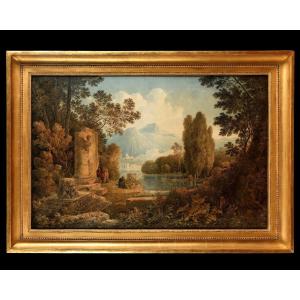


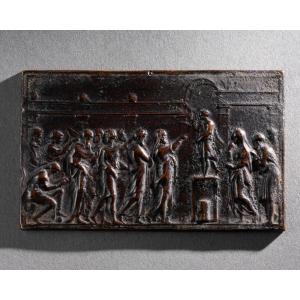

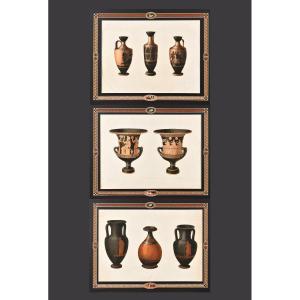

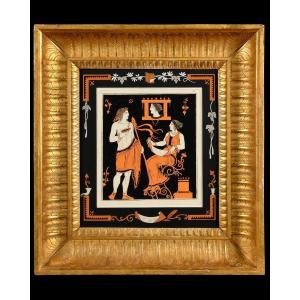






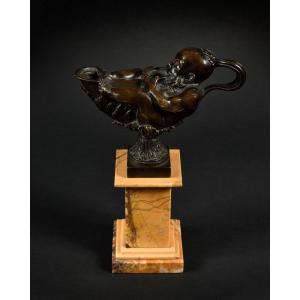
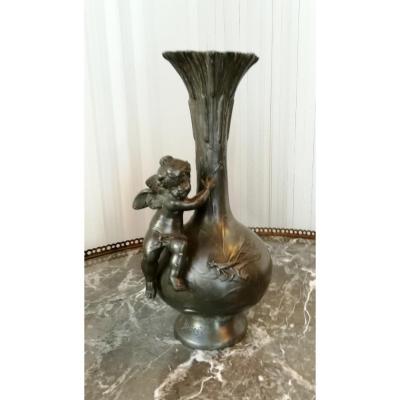

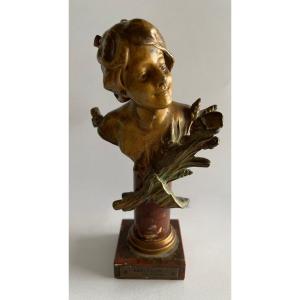





 Le Magazine de PROANTIC
Le Magazine de PROANTIC TRÉSORS Magazine
TRÉSORS Magazine Rivista Artiquariato
Rivista Artiquariato